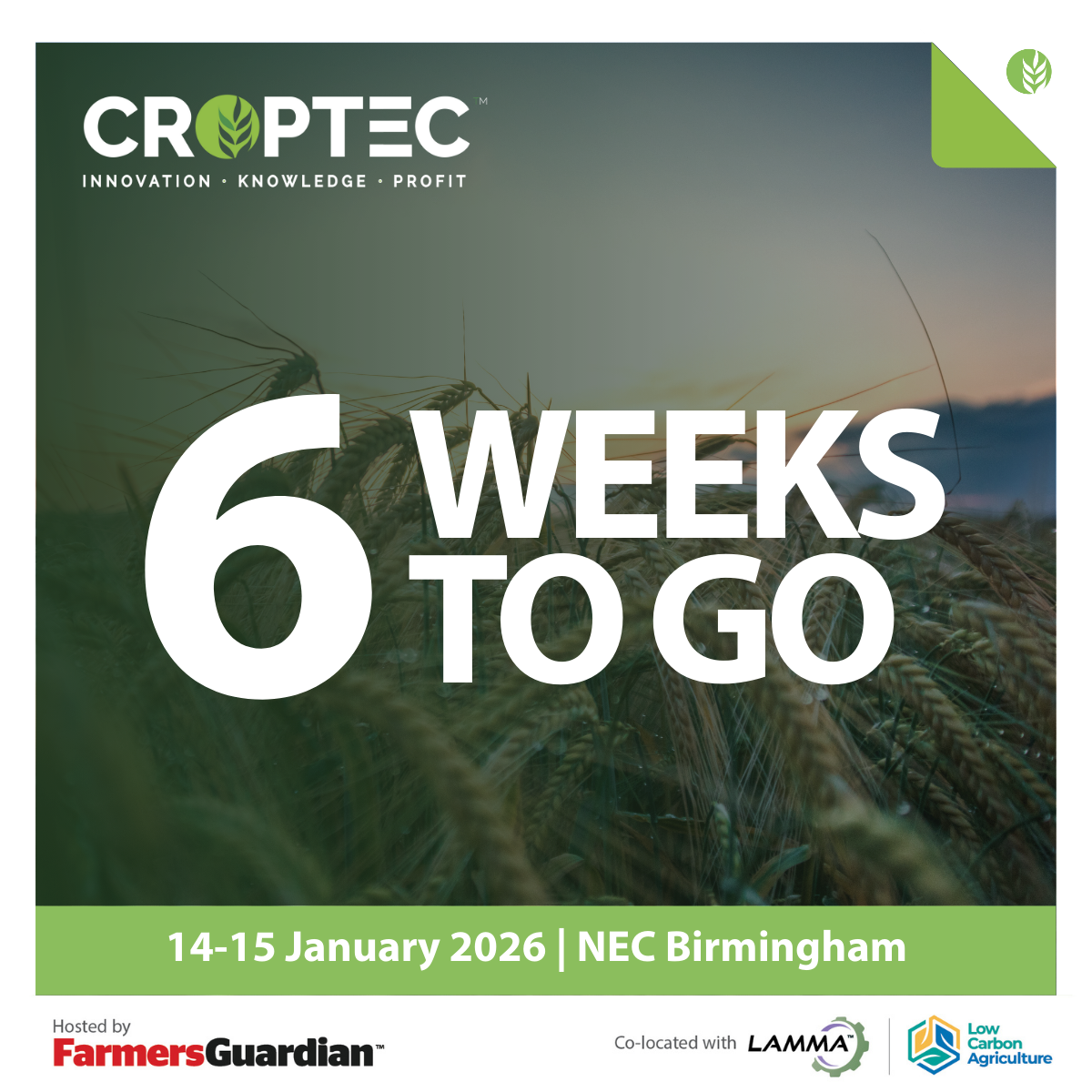Using Atfarm to Increase Nutrient Use Efficiency
Using Atfarm to Increase Nutrient Use Efficiency
With potentially reduced nitrogen rates this season, what else can you do to increase the nutrient use efficiency of a) the nitrogen you can apply and b) all the other nutrients that a crop requires?
Use of a nutrient management plan (NMP) is not only a good way to calculate how much fertiliser you need but also should be part of the overall farm strategy. Historically NMPs have been quite simple, giving you an overall fertiliser rate for each field taking into account N, P and K.
As part of Yaras Atfarm platform, we have begun to develop a more dynamic nutrient planning software that we hope will be much more useful for helping you plan your full crop nutrition programme (CNP).
After adding fields into Atfarm it will give the user an option to create a nutrition plan (limited to cereals and oilseed currently but more crops coming soon). By adding the usual parameters required for creating an NMP, such as soil type, rainfall area, yield, straw incorporated/removed, organic manures etc you will see the nutrition plan for your crop.
Where the Yara version of an NMP differs is the demand splitting of the nutrients, rather than only giving you the total amount of N, P and K, Yara uses years of trial data and knowledge to split the nutrients out into the optimum timings, including all nutrients required for crop growth.

Figure 1. Atfarm Nutrition Plan Showing the supply and demand from nutrients, fertilisers and organic manures, split out into the different growth stage timings
This is also represented in a graphical format to show the recommendation at each growth stage for a quick visual guide (Figure 2).

Figure 2. Atfarm Nutrition Plan visual guide of growth stage splitting, example here of a micronutrient recommendation at growth stage 31 (T1)
Currently there is the ability to manually change the default soil analysis results that the software is using. This will change your recommendation accordingly, making the interpretation and implementation of your results much easier. In the near future you will be able to link lab results directly to each field without having to manually input the data. These features make for a much more dynamic nutrition plan that will help improve your nutrient use efficiency.
Whilst Yaras N-Tester has been around quite a long time, it is still one of the most useful tools for improving nitrogen use efficiency. The newer Bluetooth version of the N-Tester (N-Tester BT) links directly to the Atfarm app for measuring crop nitrogen levels and then giving N recommendations based on those measurements.

Figure 3. Yaras N-Tester BT that links to the Atfarm app on your smartphone via Bluetooth
The N-Tester can also be used as a timing tool to ensure that the nitrogen is being applied when the crop requires it, therefore will take the N up, avoiding unnecessary leaching potential. This in turn improves the nitrogen use efficiency right rate and right timing of nitrogen.
Finally there is the Variable Rate Application (VRA) section of Atfarm, as the name suggests this is where you can create VRA maps for your fields. In a year where we are limited on the amount of nitrogen we can apply, variable rate applications can really help increase its efficiency. Atfarm uses satellite imagery, paired with the algorithm from the tractor-mounted N-Sensor, to give a greater degree of accuracy of variation in crop growth than NDVI alone.

Figure 4. Atfarm N-Sensor Biomass map showing the variation in a higher degree of accuracy than NDVI (note the colour scale on the bottom right with 33 levels of variability detectable).
VRAs are useful for a number of reasons:
- You will only apply the amount of nitrogen the crop requires, potentially saving on wasted N
- Boosting yield in poorer areas, whilst decreasing lodging in areas of high biomass
- More even, homogenous crop for easier harvesting
Being able to set the min and max rates of nitrogen in the software also enables you to control how much you want to apply in total at each timing. Variably applying nitrogen can increase yields by up to 4% and again you will be increasing your nitrogen use efficiency significantly.
Figure 4. Atfarm VRA A Variable Rate Application map for a field of wheat showing the crop variation and how the fertiliser product rate changes accordingly
Therefore, in a year where nitrogen is going to one of the limiting factors of crop growth, use of Atfarm tools can help improve overall nutrient efficiency and so increase the efficiency of the nitrogen that you are able to apply.
.png)

